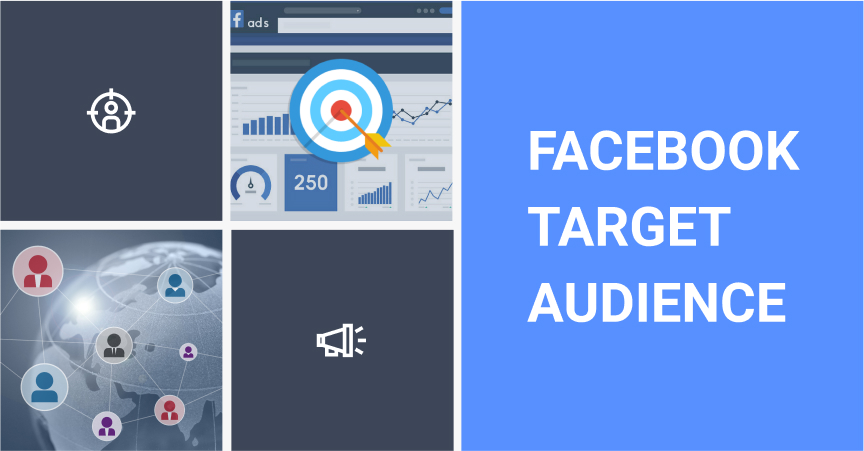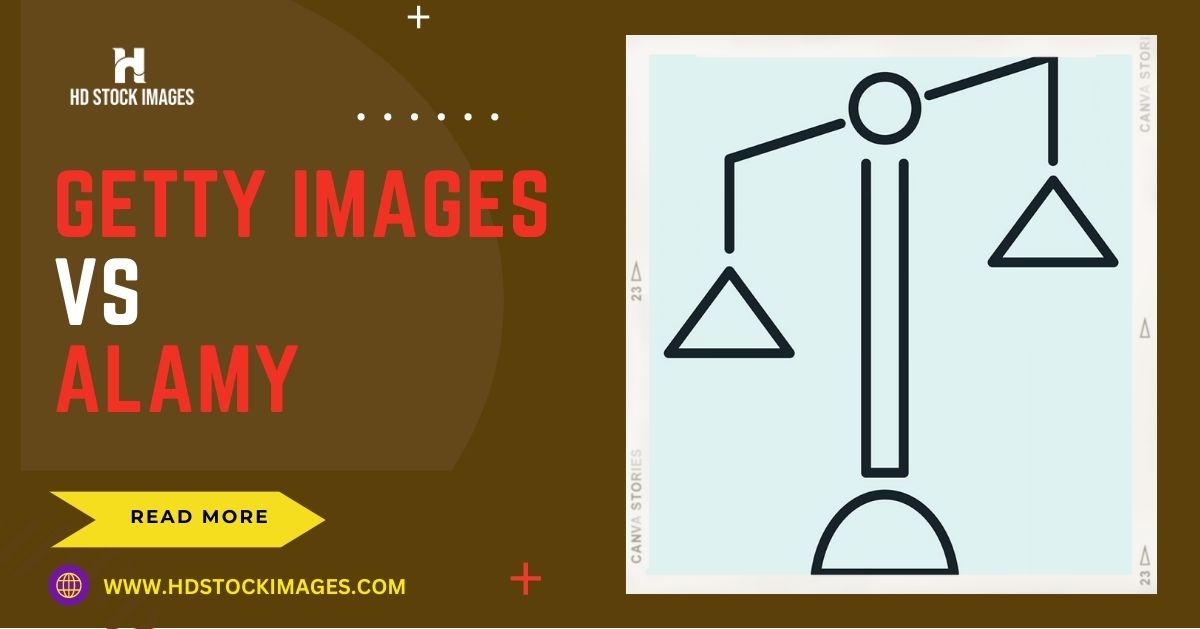I. Introduction
A. Overview of Getty Images:
Getty Images is one of the most well-known and established stock photography platforms in the industry. It was founded in 1995 and has since become a leading source for high-quality images, videos, and other visual content. Getty Images collaborates with top photographers and content creators worldwide, making it a go-to choice for many professional creatives, advertising agencies, and large corporations.B. Advantages of Getty Images:
- A vast collection of high-quality images: Getty Images boasts an extensive collection of premium images, ensuring users have access to a diverse range of subjects, styles, and themes.
- Reputable and established platform: Being a long-standing and respected player in the market, Getty Images has built a strong reputation for reliable and top-notch visual content.
- Exclusive content from top photographers: Getty Images partners with renowned photographers, resulting in exclusive and unique content that may not be available on other platforms.
- Advanced search and filtering options: Getty Images offers robust search tools and filtering options, enabling users to find precisely what they need quickly and efficiently.
- Custom licensing agreements available: For larger enterprises and specific projects, Getty Images provides the option for custom licensing agreements, tailoring the usage rights to individual needs.
C. Disadvantages of Getty Images:
- Higher pricing compared to other platforms: Getty Images' premium quality comes at a cost, and its pricing is generally higher than some of its competitors, making it less ideal for budget-conscious users.
- Limited flexibility in licensing terms: The licensing terms on Getty Images can be relatively rigid, potentially restricting certain types of usage, especially for lower-priced options.
- Stringent image acceptance process: Getty Images maintains high standards for image selection, which can lead to a more extended waiting time for contributors and potential rejection of some submissions.
- Complex pricing structure: The pricing model on Getty Images can be intricate, with different factors influencing the final cost, leading to potential confusion for buyers.
Also Read This: Understanding Alamy Stock and Its Stock Licensing
III. Alamy
A. Overview of Alamy:
Alamy is another popular stock photography platform that was founded in 1999. It has grown into one of the largest image libraries globally and is known for its extensive collection of diverse and unique images. Alamy takes a different approach by welcoming contributions from a wide range of photographers, both professional and amateur, resulting in a vast array of subjects and styles.B. Advantages of Alamy:
- Large and diverse image collection: Alamy's vast collection contains millions of images, covering a broad spectrum of themes, making it a great choice for users seeking variety.
- Competitive pricing and flexible licensing options: Alamy's pricing tends to be more competitive compared to Getty Images, and it offers more flexible licensing terms, providing affordable options for a broader range of projects.
- Easy and quick image submission process: Alamy's contributor-friendly platform allows photographers to submit images with relative ease, leading to a continuous flow of fresh content.
- Contributor-friendly platform: Alamy offers favorable commission rates for photographers, making it an attractive option for content creators looking to monetize their work.
- High commission rates for photographers: Alamy offers favorable commission rates for photographers, making it an attractive option for content creators looking to monetize their work.
C. Disadvantages of Alamy:
- Varied image quality due to diverse contributors: While Alamy's diverse contributor base contributes to its vast collection, the quality of images can vary significantly, and some users may need to spend more time finding the perfect match.
- Smaller market share compared to Getty Images: While Alamy is a major player in the stock photography industry, it still holds a smaller market share compared to industry giants like Getty Images.
- Less exclusive content from top photographers: Unlike Getty Images, Alamy might not have as many exclusive images from top photographers, which could be a consideration for users seeking highly unique content.
- Limited advanced search capabilities: Alamy's search and filtering options may not be as advanced as those of Getty Images, which could lead to slightly more effort in finding specific images.
Also Read This: Exclusive vs. Non-Exclusive Contributor on Getty Images: Pros and Cons
IV. Factors to Consider
- Evaluate the overall image quality and resolution offered by each platform.
- Consider the diversity of the image collection, including the range of subjects and styles available.
- Determine if the platform has exclusive content or if the same images are available on multiple platforms.
- Compare the pricing models of both platforms, including the cost of individual images and subscription plans.
- Examine the flexibility of licensing options, such as commercial, editorial, or extended rights.
- Determine if there are discounts or custom licensing agreements available for specific projects.
- Research the reputation of both platforms in the industry and among users.
- Check for reviews and testimonials from customers and contributors.
- Verify the legality and authenticity of the images offered by the platform.
- Investigate the ease of becoming a contributor and the submission process for photographers.
- Compare the commission rates and potential earnings for contributors on each platform.
- Check if the platform offers additional benefits or incentives for content creators.
- Evaluate the efficiency and effectiveness of the search tools and filters provided by each platform.
- Determine if the platform allows for advanced search options, such as orientation, color, or image type.
- Consider the ease of finding relevant images based on keywords and tags.
- Assess the importance of exclusive content for your projects or business needs.
- Determine if the same images are available on multiple platforms, potentially affecting the uniqueness of your visual content.
- Investigate the level of customer support offered by each platform, including response times and available communication channels.
- Check if the platform provides additional services, such as image research assistance or image curation.
getty images vs alamy stock photo
— boyish prince (@kingclem69) August 31, 2020
Also Read This: How to Successfully Sell Your Photos on Getty as a Contributor
V. Use Cases and Target Audience:



 admin
admin








